The Mazda CX-3 will be launched locally in early December 2015, with the first deliveries starting in the middle of the same month. This was confirmed by Bermaz Motor, the local Mazda importer and distributor.
The Mazda CX-3, the brand’s most compact crossover and smaller sibling of the popular CX-5, will be priced from RM130k to RM135k. This figure is slightly higher than the RM120k previously estimated, probably because of the negative forex situation the Malaysian ringgit is facing. The CX-3 will be coming in as a CBU import from Japan, as Thai production is yet to start.
We are told that this will buy you a CX-3 powered by a SkyActiv-G 2.0 litre petrol engine (150 hp/204 Nm), paired to a six-speed automatic transmission. Power goes to the front wheels – no AWD. Spec wise, expect a well-equipped car with everything thrown in, except for Mazda’s i-Activsense suite of active safety tech.
The CX-3 will aim to draw customers away from the Honda HR-V, which has made big waves in the Malaysian car market, racking up a substantial waiting list in the process. Launched here in February, the locally-assembled B-segment SUV is priced from RM98,690 to RM118,229. A RM130k price tag will also be higher than that of the Mitsubishi ASX and Kia Sportage. Thoughts?
Looking to sell your car? Sell it with Carro.


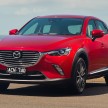
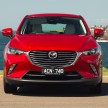
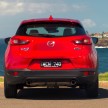

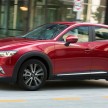
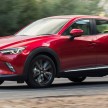

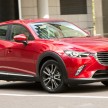
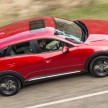
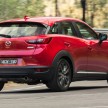
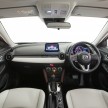
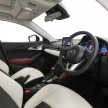



























AI-generated Summary ✨
Comments express disappointment and frustration over the high price of the Mazda CX-3 Malaysian launch at RM130k, with many feeling it is too expensive for a B-segment SUV, especially with no AWD and missing safety features like Mazda’s i-Activsense. Several commenters compare it unfavorably to competitors like Honda HRV, X-Trail, Kia Sportage, and even larger models, criticizing Mazda Bermaz for profit-driven pricing and inconsistent positioning between CKD and CBU units. Many reveal intentions to cancel pre-orders, opt for cheaper alternatives, or wait for CKD versions to reduce costs. There is a common sentiment that the price does not match the car’s size, features, or imported status, with some blaming the weak ringgit and government policies for inflated prices. Overall, comments reflect disappointment, skepticism, and concern over value for money.